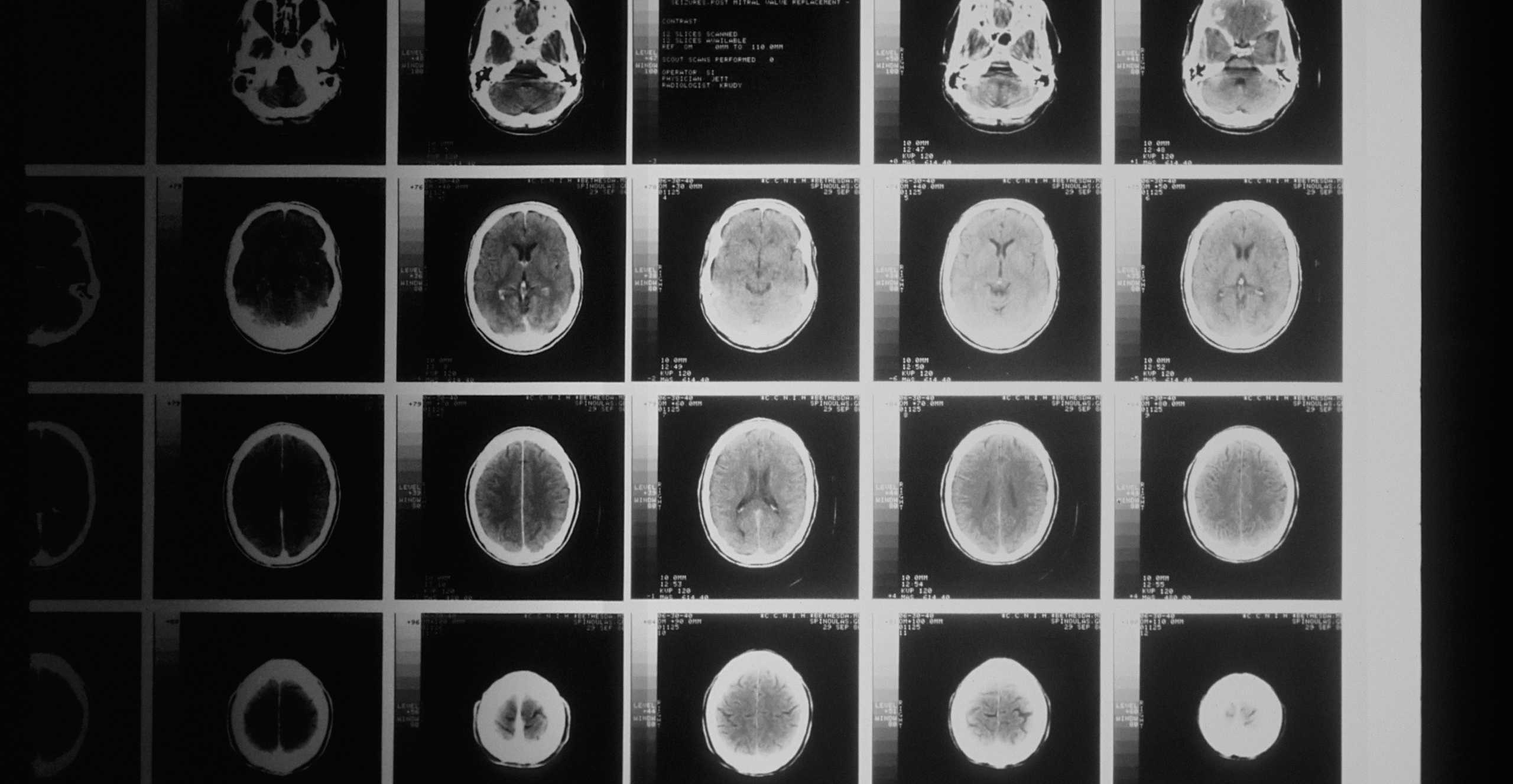TechEthos game workshops: exploring public awareness & attitudes
TechEthos game workshops: exploring public awareness & attitudes
Authored by: Greta Alliaj
Reviewed by: Cristina Paca

What might a world in which technologies like the metaverse or neuroimaging have reached their full potential look like? What would it be like to live in a reality where such technologies are deployed in the most diverse fields, from education to justice, passing through marketing and entertainment? Imagine a world where neuroimaging is used to diagnose predispositions to certain neurological diseases. Such diagnosis could allow health professionals to better prevent a disease or decrease its impact on the patient, but at the same time, it could take a toll on people’s personal and professional relationships. Would you be in favour of implementing this technology?
Last autumn, hundreds of citizens across Europe took part in the Tech Ethos Science Cafés and engaged with scientists, innovators and civil society representatives to learn more about our three families of technologies. Now, the six science engagement organisations involved in the project are ready to build on this experience and invite all technology enthusiasts out there to play our new board game: The Tech Ethos game: Ages of Technology Impacts.
The TechEthos game is part of a longer workshop aimed at exploring the public’s attitudes towards Digital Extended Reality, Neurotechnologies and Climate Engineering. Participants will be invited to sit on their regional delegation to the Citizen World Council and decide what may be best for future generations and the Planet. Participants will forge the future starting from a set of technologies whose potential is not yet fully realised and each of their choices will have unforeseeable consequences.
Each round, players will be asked to discuss and agree on which technologies they would like to see further developed in their ideal future and, to do so, they will be confronted with the ethical implications of these choices. What will be the values and principles that will guide their decisions?
Throughout the different activities of the workshop, participants will have the opportunity to listen and learn from each other, express their concerns and defend their beliefs. This exchange will provide the project with insights into public attitudes and views on new and emerging technologies.
18 game workshops will take place in Austria, Czech Republic, Romania, Serbia, Spain, and Sweden. To capture a broader and richer perspective, the six science engagement centres will collaborate with associations supporting groups whose access to such activities is often hindered by economic and social factors.
Developed in co-creation with science engagement and game experts, the TechEthos game is essential in capturing ethical and societal values. This moves us closer to the project’s end goal, producing ethics guidelines that considers such values in the earliest phases of technology design and development.
Would you be interested in taking part in the conversation and shaping your ideal world? Have a look at our game resource page, keep an eye on the activities of TechEthos science engagement centres and follow us on Twitter and LinkedIn.
Share:



























